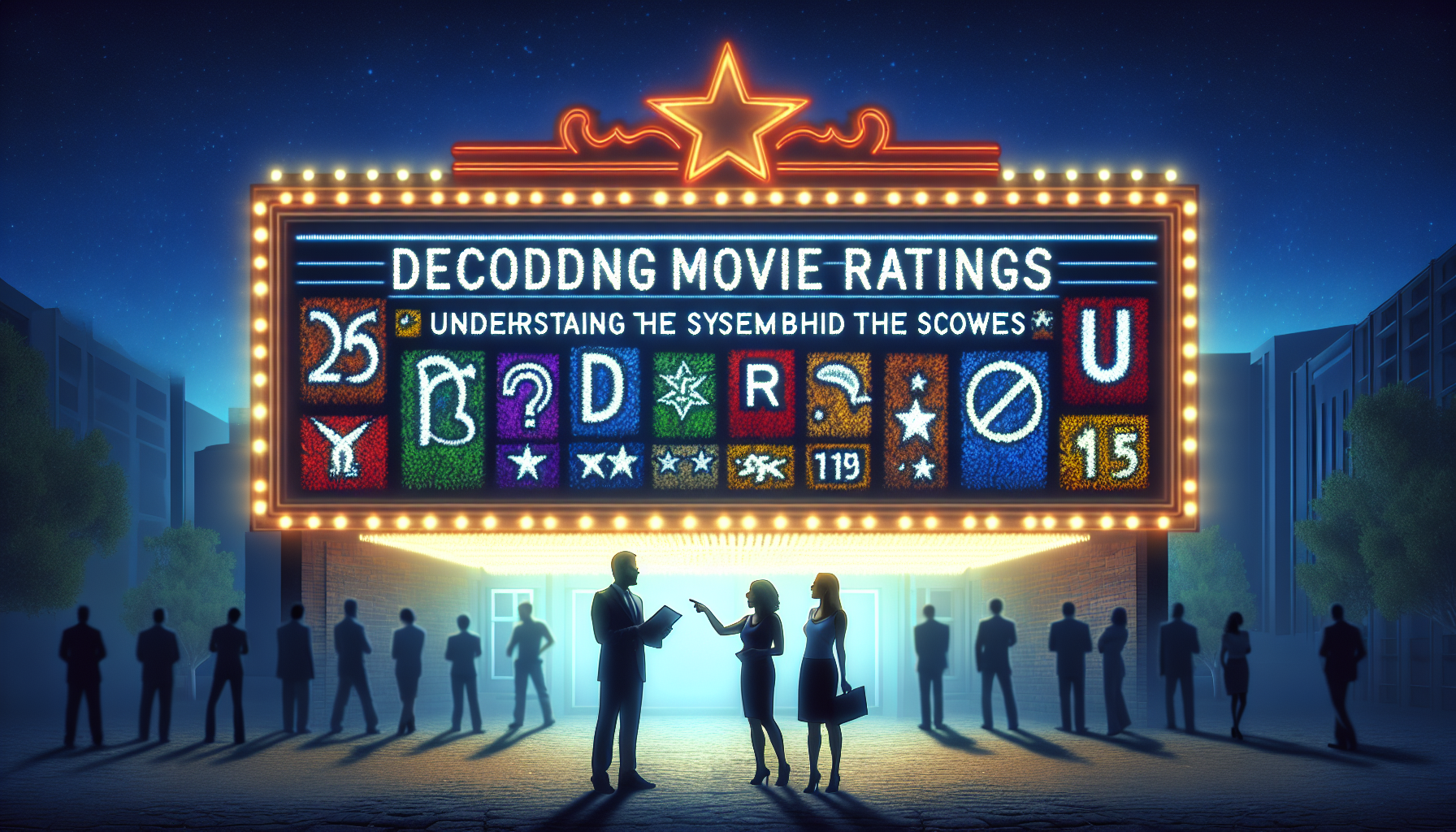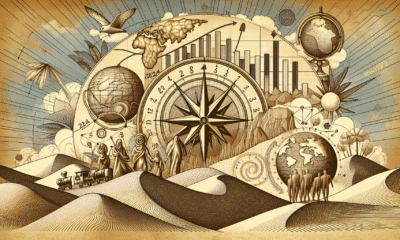Entertainment
Decoding Movie Ratings: Understanding the Systems Behind the Scores

When you’re scrolling through Netflix or debating what to watch at the cinema, movie ratings often pop up to help you decide. But have you ever stopped to think about what those scores really mean? In this article, we’ll decode the various movie rating systems, explore how they’re calculated, and sift through whether they’re genuinely useful or just digital noise.
Movie Ratings: What Are They Even About?
Most of us rely heavily on movie ratings to determine what to watch next. Whether it’s a thumbs-up from Rotten Tomatoes or a number from Metacritic, these scores attempt to quantify how good a film is. So, why should you care? Knowing how these ratings work can guide your viewing choices, save you time, and, let’s be honest, keep you from sitting through a cinematic disaster.
The Big Names: Rating Systems You Need to Know
-
Rotten Tomatoes:
- What It Is: This platform takes reviews from critics and calculates a score based on the percentage of positive reviews.
- How It Works: A movie hits “Fresh” if at least 60% of critics give it a thumbs-up; anything below that is “Rotten.” Simple, right?
- Fun Fact: Did you know that the audience score can differ substantially from the critics’ score? This can create a lot of buzz around a film.
-
Metacritic:
- What It Is: Metacritic aggregates reviews but assigns a weighted score based on the reputation of the critic or publication.
- How It Works: Each critical review is converted into a score, and the platform takes an average to produce an overall rating.
- Why It Matters: A higher weight is given to established critics, aiming to create a more trustworthy score.
-
IMDb:
- What It Is: Known as the Internet Movie Database, IMDb compiles user ratings on a scale from 1 to 10.
- How It Works: Users can rate movies, and the site calculates an average score. However, it’s heavily reliant on who’s voting.
- Watch Out!: This score can be swayed by large online campaigns—think of how buzz can affect early ratings.
-
CinemaScore:
- What It Is: This is a polling service that surveys audiences as they exit the theater.
- How It Works: They ask viewers to give letter grades from A to F.
- Why It’s Unique: It reflects real-time audience responses and usually provides insight into how well a film resonates with the general public.
Why Do Ratings Matter?
The big question is: why do movie ratings have such weight?
- Time-Saver: Let’s be real—who has two hours to waste on something that’s just plain bad?
- Social Proof: A high score can influence your decision, reinforcing feelings of community among viewers. If everyone else liked it, maybe you will too!
- Recommendation Algorithms: Platforms like Netflix or Hulu suggest shows based on ratings.
It’s the age-old story of following the crowd; people love the safety of "everyone’s watching this."
But Are They Reliable?
Not so fast! While ratings can be helpful, they aren’t foolproof. Here’s why:
-
Biases: Ratings can be skewed by cultural biases, promotional campaigns, or even political opinions. A blockbuster might get inflated scores, while an indie gem slips under the radar.
-
Different Methodologies: As discussed, each rating system has its own way of calculating scores. What one site considers “fresh,” another might deem mediocre.
-
Herd Mentality: Sometimes, a film can gain a rating boost because it’s trending on social media rather than having genuine merit. Think about how hype can snowball—this is especially true for blockbuster franchises.
Let’s Discuss the Numbers
Have you ever heard of “rating manipulation”? It’s more common than you think. Groups of fans (or detractors) often organize to either boost or tank a film’s score. For example, online forums and fan clubs mobilize, influencing public perception.
Fun Stats:
- A study by Pew Research found that 74% of Americans use ratings for movies and shows to guide their viewing habits.
- According to research from Statista, 57% of viewers trust critic scores more than user ratings.
These figures show that while ratings are influential, they are shaped by various factors, making them a bit questionable at times.
How to Use Ratings Wisely
Now that you know the downsides, how can you navigate this world of movie ratings?
-
Read Reviews: Look beyond the score and read a few reviews for context. Is the criticism about acting, pacing, or the storyline? This can aid in determining if you’d enjoy the film.
-
Balance It Out: Check multiple sources—Rotten Tomatoes, Metacritic, and IMDb. If all are in the same ballpark, there might be some credibility there!
-
Trust Your Instinct: Sometimes, it’s best to ignore the numbers entirely and watch the films that resonate with your personal interests or tastes.
Final Thoughts: The Rating Dilemma
While movie ratings can offer a rough gauge, they’re not the be-all and end-all. Use them for what they’re meant to be—guides, not gospel. By understanding how these scores are formed and where they can fall short, you make better choices next time you settle in for a binge-watching marathon.
So, the next time you glance at that shiny rating, remember: there’s a lot more behind that score than meets the eye. Happy watching!
For a deeper dive into trends in the entertainment industry, check out our other articles about streaming wars or the impact of algorithms on viewership.
-

 News20 hours ago
News20 hours agoTeenage US Citizen Records Brutal Arrest by Immigration Agents Who Told Him, ‘You Have No Rights’
-
News19 hours ago
Maltese Police Officers Participate in Operation in the Black Sea
-

 Business20 hours ago
Business20 hours agoNavigating the Economic Landscape: Key Insights from Today’s Business Headlines
-

 Business19 hours ago
Business19 hours agoNavigating the Shifting Sands: Key Global Economic Trends for 2024
-

 Entertainment20 hours ago
Entertainment20 hours agoCinematic Success: Fun Facts About Movies That Shaped the Film Industry
-

 News18 hours ago
News18 hours ago“Honoring Ukraine: A Tribute” (July 26, 2025) — dynamo.kiev.ua
-

 Business17 hours ago
Business17 hours agoThe Top 10 Business Opportunities to Watch in 2025
-

 News17 hours ago
News17 hours agoEnviMin Showcases Vacaresti Natural Park to Her German Counterpart
